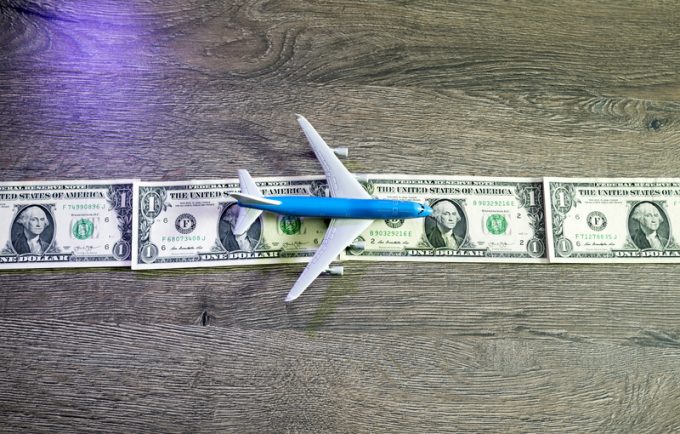Delayed arrival of freighters may prevent 'a bloodbath' in air cargo market
Only a trickle of large widebody freighters will join the global fleet this year and, ...

Airfreight rates out of China to the US and Europe have plummeted after December’s record holiday season.
Prices out of China to the US peaked on 13 December at $15.13 per kg, the highest rate ever recorded according to the TAC Index, but have since fallen nearly 30% to $10.68.
To-Europe rates hit their 2021 peak on 27 December, at $8.82 per kg, and have dropped about 17%, to $7.34/kg.
“Rates have finally begun to cool as we enter the seasonal first-quarter airfreight ...
Volcanic disruption at Anchorage could hit transpacific airfreight operations
Macron calls for ‘suspension’ – CMA CGM's $20bn US investment in doubt
De minimis exemption on shipments from China to the US will end in May
Forwarders stay cool as US 'liberation day' tariffs threaten 'global trade war'
Mixed response in US to 'Liberation Day', while China leads wave of retaliation
Trump tariffs see hundreds of cancelled container bookings a day from Asia
Tariffs and de minimis set air freight rates on a volatile course


Comment on this article